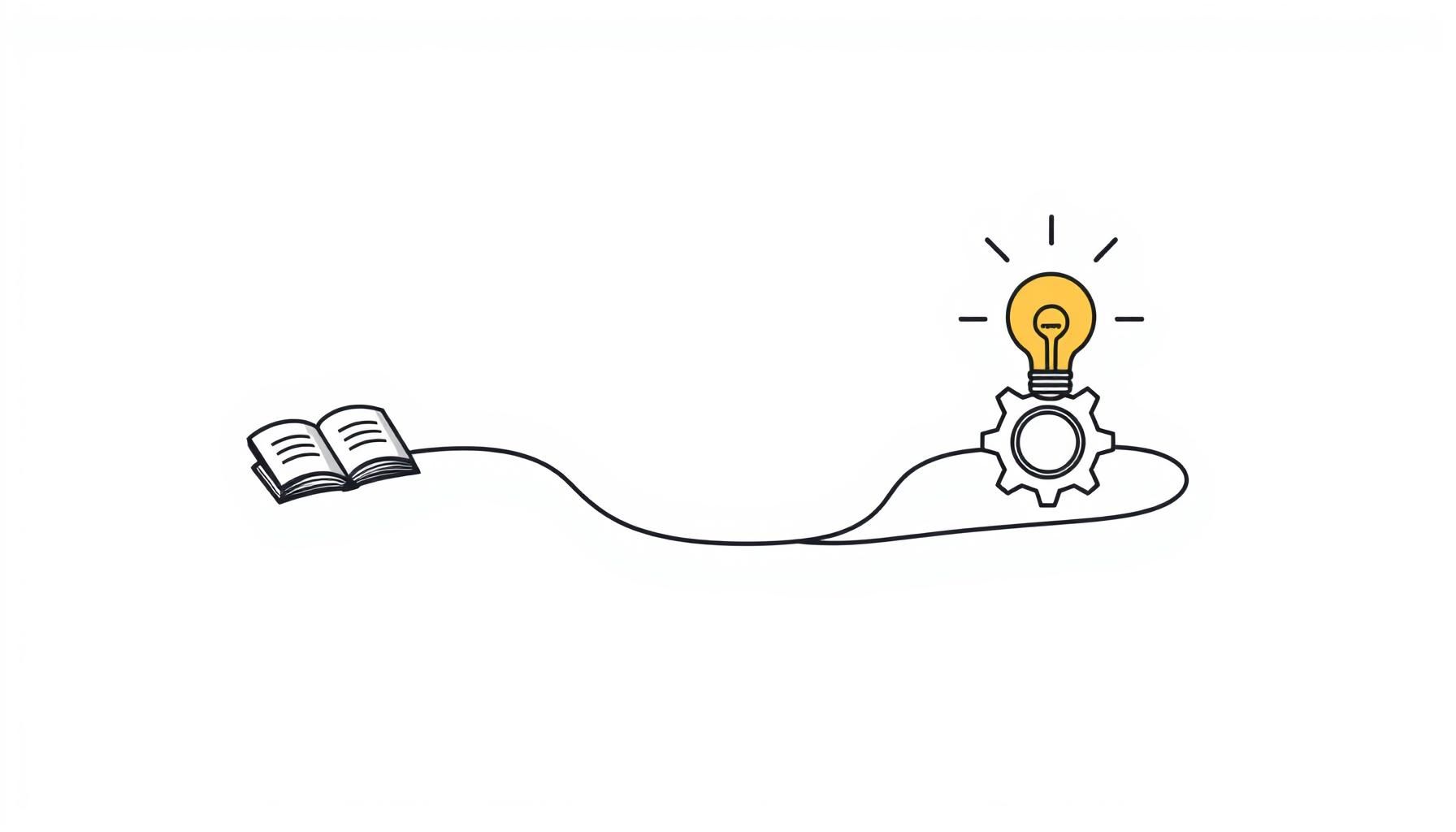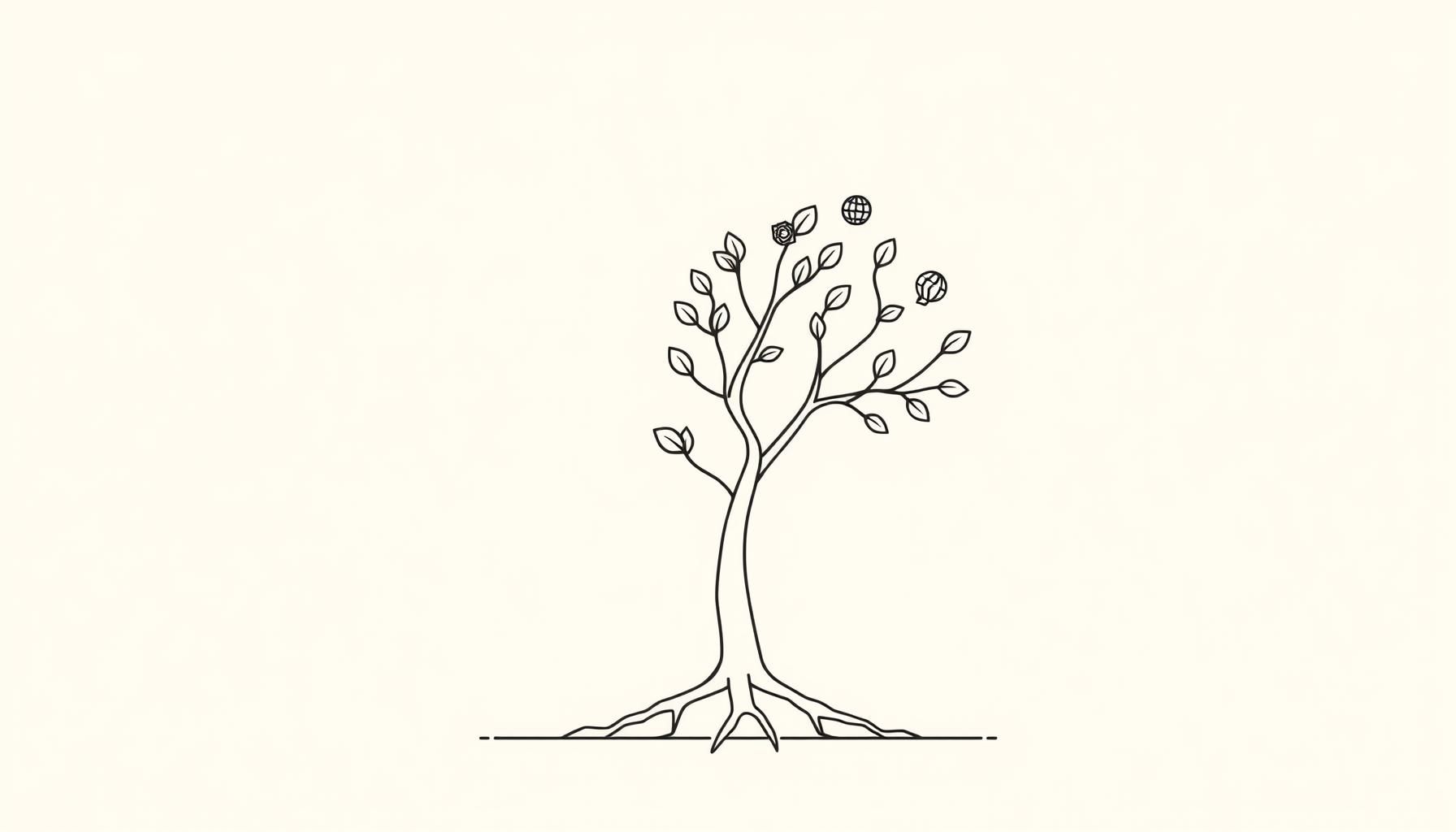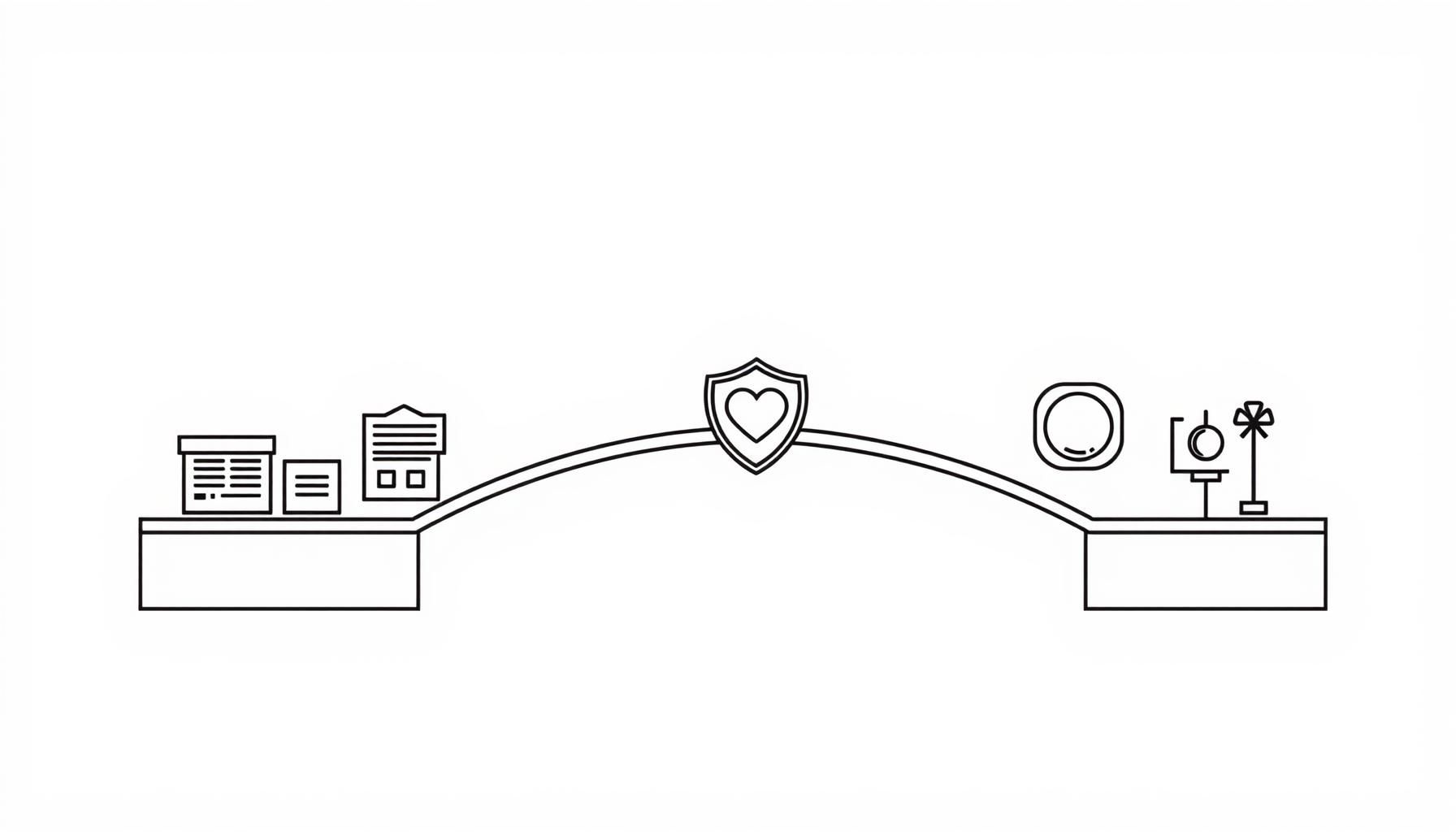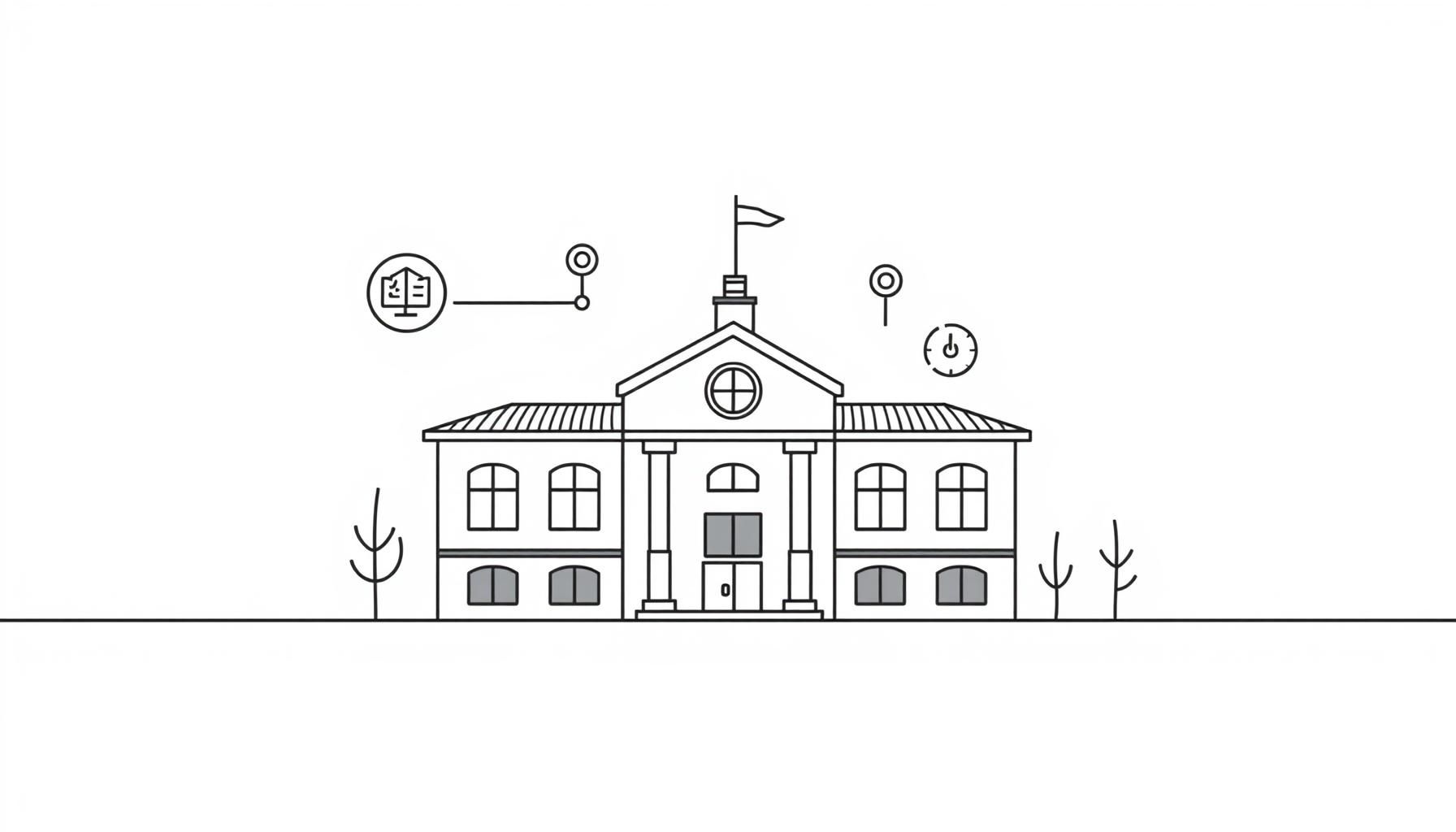
AI in education is no longer a futuristic dream—it’s here, right now, shaping how we prepare our kids for tomorrow. And right alongside that wonder, we as parents ask: how do we balance this technological wave with the pure joys of childhood like playground dashes and crayon galaxies?
How Does AI Personalize Learning for My Child?
One of the most exciting aspects of AI in education is the way it personalizes learning. According to research, adaptive systems in AI-driven education can tailor lessons to a child’s unique strengths and struggles, Imagine schoolwork bending to your child’s pace like a playground slide—fast where they’re confident, slower where they need footing! (source). For a child who finds numbers a puzzle but stories a joy, these adaptive systems tailor lessons to strengthen weak spots while fueling their passions—keeping their natural curiosity alive!
And as parents, That possibility alone—fewer homework frustrations, more dinner laughs—feels like sunlight breaking through clouds. Instead of one-size-fits-all, we’re talking about paths that bend gently to support kids right where they are. Imagine if homework frustrations eased because the system already detected sticking points and adjusted, leaving more energy for laughter over dinner—moments like that stick far longer than app scores. That’s impact beyond grades—it’s about nurturing resilient learners who actually feel noticed and cheered on.

What Are the Risks of AI in Education?
Of course, like any shiny new toy, AI in education carries risks. UNESCO highlights the importance of equity in AI education tools, reminding us that if these tools only benefit a few, we widen the very gaps we hope to close (source). Technology should not replace the human heartbeat of learning—the smile, the gentle nudge, the cheer when a child cracks a tough puzzle—we’ve all felt that spark sitting beside a caring teacher!
This means schools and parents need to step carefully. Do we want our kids measuring their worth by an algorithm, or by the creativity and kindness they bring to class? The balance lies in using AI as an assistant, not a substitute. Like a flashlight on a camping night—it brightens the path but doesn’t walk it for us, you know?
How Can AI Help Teachers and Students?
Another remarkable feature is how these systems don’t just support children, they also help teachers. By analyzing patterns in real time—AI-powered tools give educators insights! With these, they can identify where an entire class struggles, shifting strategies quickly (source). This means less time lost to confusion and more to discovery.
For parents, that’s so comforting. We know the magic of a good teacher—the one who spots a flicker of misunderstanding and gently reignites that spark. With AI insights, teachers gain sharper tools, but the essence stays the same: guiding young hearts and minds with care. And for kids? Now that’s where the real excitement kicks in! It could feel less like stumbling through endless worksheets and more like climbing a mountain with a map that updates along the way, turning weariness into wonder.

How Can Parents Navigate AI in Childhood Education?
So where do we fit in? The shift isn’t just in classrooms—it ripples right into our family living rooms! Our children may come home talking about a new game-like app that quizzes word pronunciation or an AI buddy helping them test math ideas. That raises questions: how much screen time is healthy, what about creativity, what about simple play?
You know those days when screen time sneaks up? Yeah, we’ve all been there—balance is key! The answer may be less about strict limits and more about weaving balance—encouraging both the digital and the tactile. Let them explore a digital quiz, yes, but also build towers with real blocks or race paper planes. One night, maybe it’s an AI-generated story prompt; the next night, it’s a camp-out in the living room with shadow puppets. And moments like that? Oh, they’re the ones that stick far longer than any app score or digital achievement!
These contrasts are not a problem—they’re the richness of childhood in today’s world.

Embracing AI in Education: What’s Next for Families?
Here’s what lingers most deeply: the future isn’t about AI teaching instead of us, but with us. The best part is still human—our hugs, our cheers, our examples of patience and wonder. AI in education can be a partner, but we’re the ones who model values, who make sure our kids know kindness matters as much as coding. Our presence, our listening, our belief in them—these are irreplaceable ingredients in the recipe of learning.
So perhaps the right question is not whether schools adapt, but how families and schools walk hand-in-hand. Can we see these changes not as scary monsters hiding under the bed, but as exciting opportunities to give learning more color, more rhythm, more humanity? When we tuck our kids in tonight, maybe we’ll wonder: did today’s tiny discoveries—digital or messy-hands real—help them feel both capable and deeply cherished? If we hold onto the joy of discovery, then maybe this wave doesn’t feel so daunting. It feels like an open door—inviting our children to step boldly toward futures we can hardly imagine, with us clapping like proud coaches all the way. Because honestly? That’s the greatest adventure of all—watching our kids grow and thrive in a world full of possibilities.

Source: How AI Is Changing Education And Why Schools Need To Adapt Now, Forbes, 2025-08-15 14:39:18
